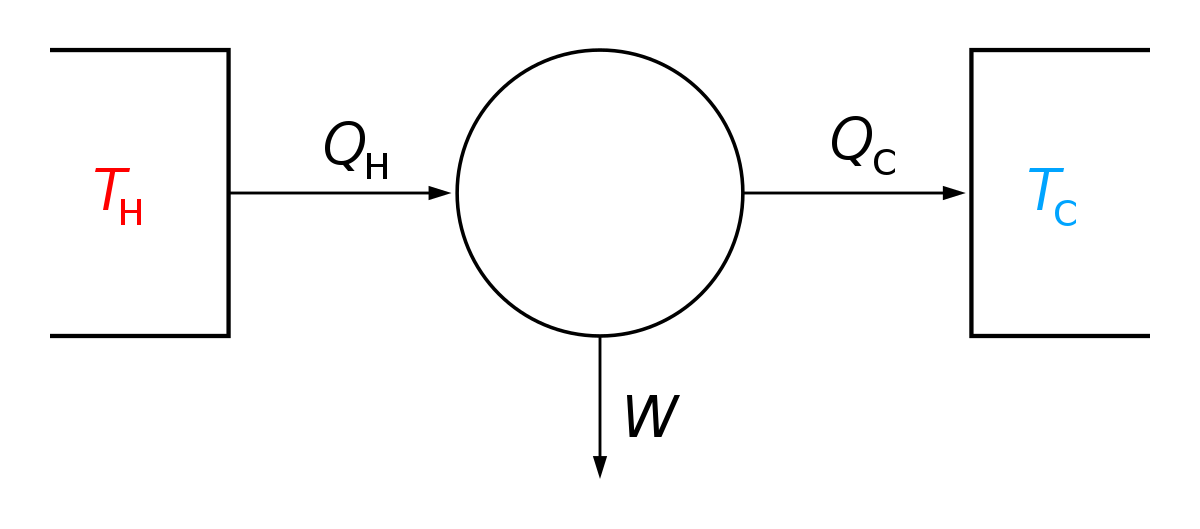camerart
Well-Known Member
Hi,
I was talking to my mate in Spain yesterday, and he was interested in alternative energy. Electric solar panels, and batteries in particular.
As it is warm for a lot of time over there, I wondered about heat pumps, compared to solar panels. Having read that heat pumps can generate, something like 4 times what is put in. Could the 3x times 'profit' be used to power an electric generator. I understand there would be losses.
Any ideas?
Cheers, Camerart
I was talking to my mate in Spain yesterday, and he was interested in alternative energy. Electric solar panels, and batteries in particular.
As it is warm for a lot of time over there, I wondered about heat pumps, compared to solar panels. Having read that heat pumps can generate, something like 4 times what is put in. Could the 3x times 'profit' be used to power an electric generator. I understand there would be losses.
Any ideas?
Cheers, Camerart


